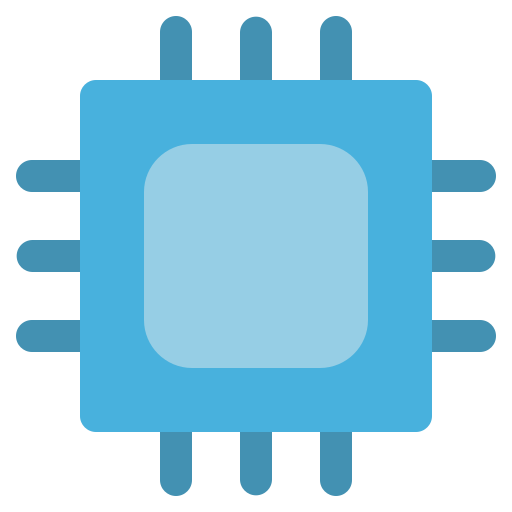- 14 Posts
- 233 Comments

 6·19 days ago
6·19 days agoHave you considered Gamers Anonymous?
I’m actually writing a book on this. Take RSD, the new darling of ADHD “influencers”, for example: the concept that fear of rejection is an ADHD trait, and that non ADHD people ignore rejection is so preposterous it makes me mad.
Think of the whole sociodynamics of teen and young adulthood, for example, or the billion dollar industries based on catering to people’s fear of rejection. Most people crave acceptance, praise, being valued, etc. We are social animals.
Lots more in the book.
I’m wring the book in spurts of hyper focus, with days or weeks between these, of course. We do have major, objective challenges.

 1·1 month ago
1·1 month agoBetter yet, Windows IoT enterprise LTSC. Debloated Windows with LTSC

 2·1 month ago
2·1 month agoA very dear friend, who is a psychiatrist, says that the DSM is mostly to help GPs to identify symptoms, to be able to send people to the psychiatrist, not to actually diagnose.

 1·1 month ago
1·1 month agoFive vs. One

 1·1 month ago
1·1 month agoKind of lost at “luck” before starting, no?

 43·1 month ago
43·1 month agoI don’t really believe it’s a spectrum. I believe that you either have a dopamine processing deficiency, or you don’t. I think the differences we see are the result of how well some of us learn to cope, or devise self protecting strategies.
I mean, there may be slight differences, but I wouldn’t call it a spectrum, at least in the way that autism is, where you have mildly socially incompetent people to nearly non functional people.
I was undiagnosed bipolar for over 40 years, masked by my success in employment and entrepreneurship, which lasted about 2-5 years every stage, when tedium became unbearable, and had to look for other challenges to fuel my dopamine. No one, even myself, connected the dots between my intense drive, and the following depressive stage, and the next jump. I finally crashed hard, and sought a psychiatryst. Once properly medicated, my mood swings normalized, the ADHD symptoms were unmasked.
Now we are working on dialing in meds for ADHD. Pretty hard to balance.
In my case I belive I don’t more or less ADHD than others, but that I was good at (extreme) damage control.
My opinion.

 527·1 month ago
527·1 month agoI was explaining to my sister about how my diagnosis, as an older adult, was going, and how it explained many things in my life. She immediately told me she suspects she has it, because she has a short attention span.
She is an elementary school principal, who leads a perfectly organized life, set on a path in her 20’s and has followed it to the letter, she has an insanely well set up financial structure, budgets to the cent, is learning a third language in her spare time, leads a regimented daily schedule, even on weekends and vacations.
Yeah.

 2·1 month ago
2·1 month agoDry and then store in sealed container with silica gel. Silica will maintain dryness, but will not dry filament by itself.
Also, containers must have a seal of some kind. Regular plastic tubs will let some moisture in. For a few days or a couple of weeks that’ll be fine, but over a month they’ll let moisture in. Get vacuum bags.
There are pretty cheap reusable vacuum bags that use a little pump. I use a cheap kitchen vacuum machine, and regular food storage vacuum bags.

 2·1 month ago
2·1 month agoI live in a dry climate. Trust me, dry your PETG.

 2·1 month ago
2·1 month agoGet Rapid PETG. Regular PETG. I’ve printed a few rolls of regular PETG, and it can be a source of frustration. Same with PLA. Get a PLA +.

 2·1 month ago
2·1 month agoI live in a dry climate, and thought drying PETG was unnecessary. After a lot of frustration, I made a (very good) redneck dryer, and my printing life became much better. PETG really likes water, and printing humid PETG is a source of major frustration.
Also, don’t dry filaments in ovens, microwaves, or other food use things. A lot of idiots on YouTube recommend that, and it’s obvious that you don’t want to cook foods in ovens that have been coated in unknown VOCs.

 15·1 month ago
15·1 month agoUs nerds don’t buy laptops?

 11·1 month ago
11·1 month agoI don’t either, but there are many in my family and friends I will gladly support.

 5·2 months ago
5·2 months agoAlso, metal needles or equivalent can raise contacts and do their damage. I cut the toothpicks with a cutter so that they are wedge shaped.






Riiiiight???